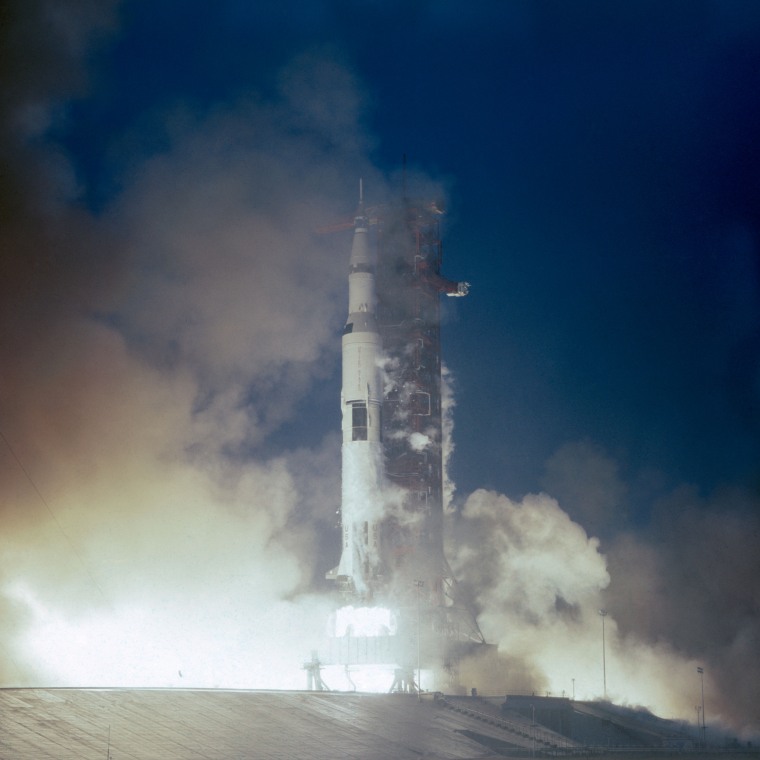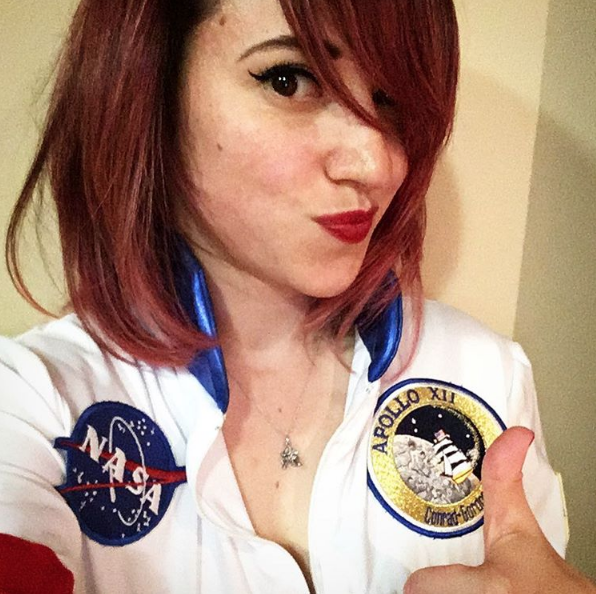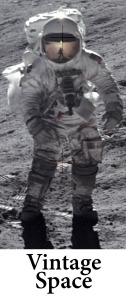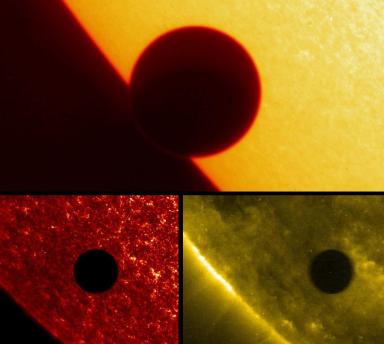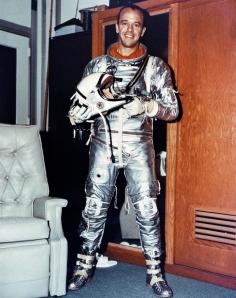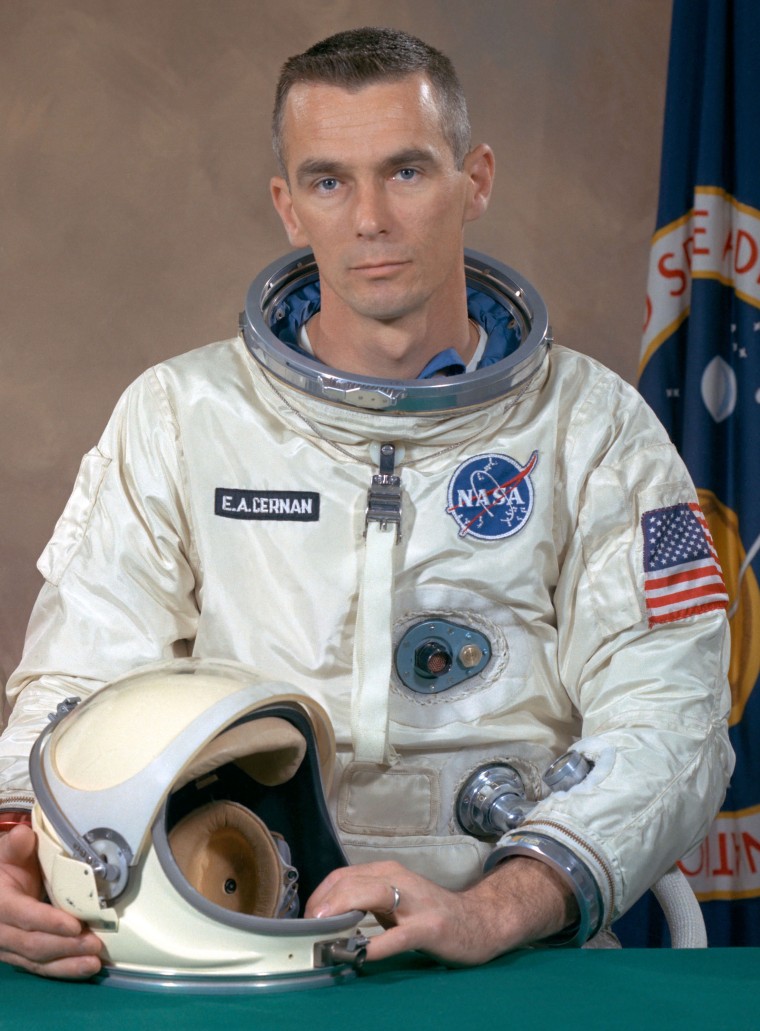
In all his official NASA portraits, Apollo 17 commander Gene Cernan looks slightly terrifying. All the Apollo-era astronauts were photographed unsmiling, almost like they were trying to confirm to tax paying Americans that these national heroes took their jobs deadly seriously. But Cernan somehow looks more serious than most; he looks like a man with a natural commanding physical presence. In November of 2013 I found myself in a bar with Gene Cernan, and though he was closing in on 79 at the time, he still had that cold, icy stare from his official portraits half a century earlier. It was exactly the quietly commanding presence I’d always imagined he’d have. That wasn’t the only time I met the last man on the Moon, but with the news of his passing today, I thought it worth sharing that super weird night I went to a bar with Gene Cernan. Continue reading “That Time I Drank with Gene Cernan, the Last Man on the Moon”

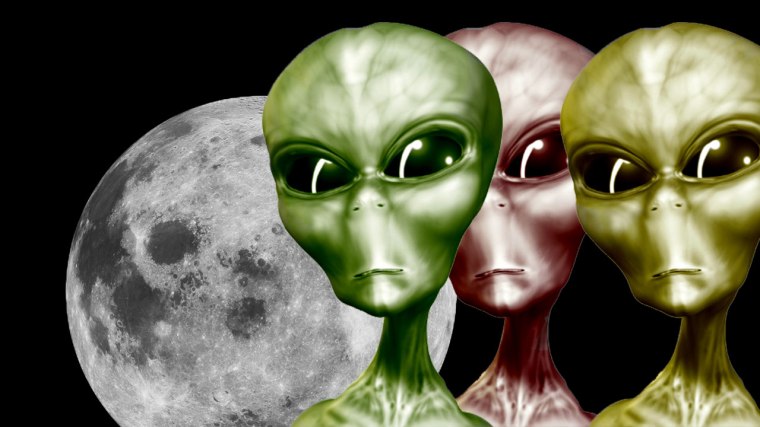 Humans don’t always have the most rational or measured responses to technological innovation or even change. This isn’t recent revelation about people; NASA knew this very early in its history and also knew it would have to consider the impacts space exploration would have on the wider American public. And so, in 1959, the agency contracted public policy organization the Brookings Institution to design a long-term research program into the social, economic, political, legal, and international implications of space exploration. And also what to do if it found alien life.
Humans don’t always have the most rational or measured responses to technological innovation or even change. This isn’t recent revelation about people; NASA knew this very early in its history and also knew it would have to consider the impacts space exploration would have on the wider American public. And so, in 1959, the agency contracted public policy organization the Brookings Institution to design a long-term research program into the social, economic, political, legal, and international implications of space exploration. And also what to do if it found alien life.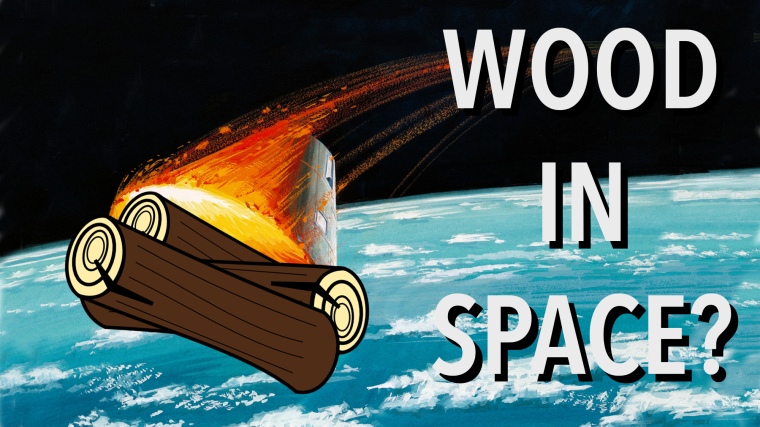 About two years ago I geeked out pretty hard when I was invited to a B612 foundation event at Steve Jurvetson’s office. Not only is the space filled with the most incredible collection of space memorabilia you can possibly imagine, there were astronauts in attendance. Including Ed Lu, a three-time astronaut and all- around lovely guy. And in the course of cocktail conversation he told me about the strangest technological innovation I’d ever heard of: China’s wooden heat shield. And I finally looked into the story!
About two years ago I geeked out pretty hard when I was invited to a B612 foundation event at Steve Jurvetson’s office. Not only is the space filled with the most incredible collection of space memorabilia you can possibly imagine, there were astronauts in attendance. Including Ed Lu, a three-time astronaut and all- around lovely guy. And in the course of cocktail conversation he told me about the strangest technological innovation I’d ever heard of: China’s wooden heat shield. And I finally looked into the story! 